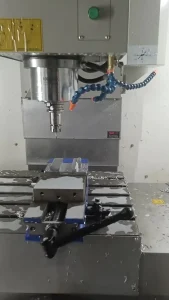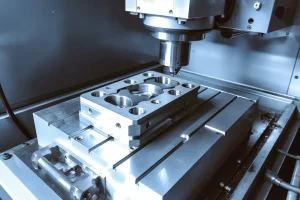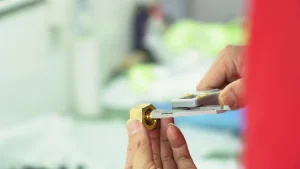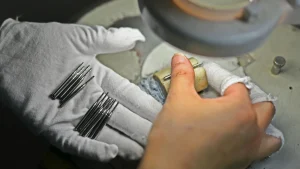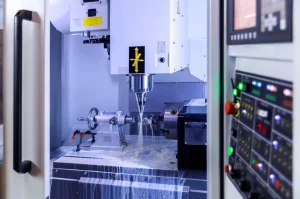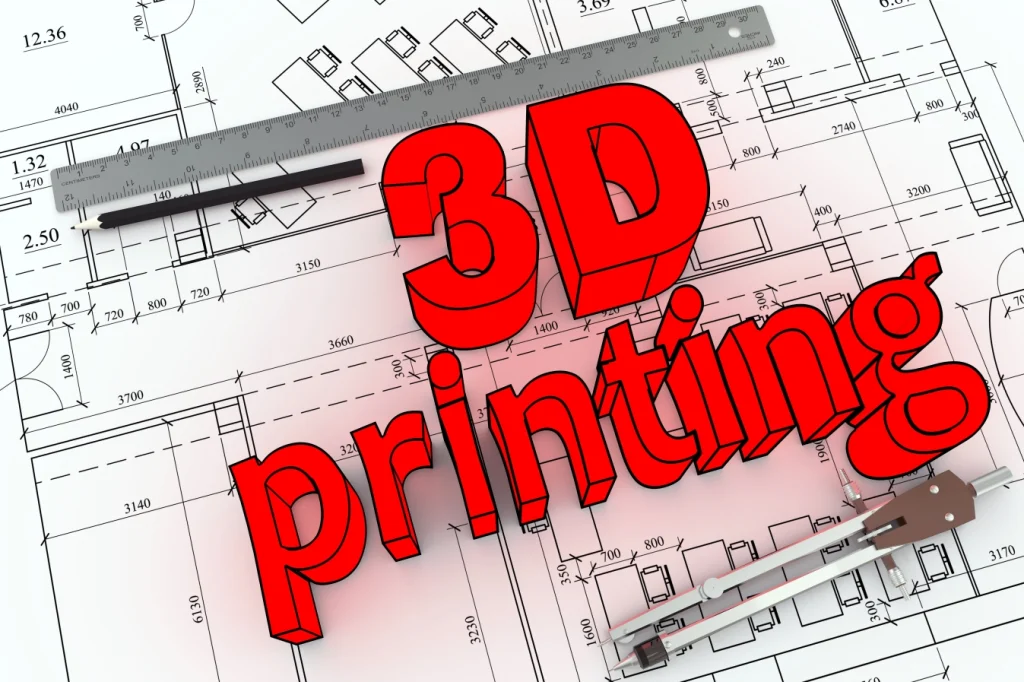
It is estimated that the first material that comes to mind for people familiar with the 3D printing industry is photosensitive resin. Photosensitive resin is a type of 3D printing material, similar to ABS material, with a smooth surface, high precision, paintable, and moderate hardness. Photosensitive resin is very suitable for printing prototype models, such as models with appearance designs. In addition to appearance, there are also special requirements for functions, such as high temperature resistance or high toughness.
Photosensitive resin is formed using SLA/DLP technology. SLA is also called photocuring molding, which uses ultraviolet light or other light beams to solidify liquid photosensitive resin. Photosensitive resin literally means a resin material that is sensitive to light and will quickly solidify after being exposed to light.
Compared with SLA, the surface of objects printed by DLP is smoother and the molding quality is high, so many DLP models are positioned as jewelry grade. The following is a detailed introduction to the characteristics and applications of photosensitive resin.
Characteristics of photosensitive resin
Photosensitive resin is generally in a liquefied state. Objects printed using this material generally have the characteristics of high strength, high temperature resistance, and waterproofness, but photosensitive resin materials are prone to hardening if not used for a long time.
The specific characteristics of photosensitive resin are:
1. Low viscosity;
2. Small shrinkage during curing;
3. Fast curing speed;
4. Small expansion;
5. High photosensitivity;
6. High degree of curing;
7. High wet strength.
In addition, the price of photosensitive materials is relatively expensive compared to desktop PLA, and because they need to be poured into containers when used, they are prone to waste.
Application of photosensitive resin
The finished products of 3D printing using photosensitive resin materials have good details and high surface quality, and can be colored by spray painting and other processes. However, if the objects printed with photosensitive resin are exposed to light for a long time, they will gradually become brittle and yellow. This material is mostly used to print fine models and complex design models, which have high requirements for model accuracy and surface quality, such as handboards, small statues, jewelry or precision assembly parts, but it is not suitable for printing large models. If large objects need to be printed, they need to be disassembled for printing.
In addition to the high-toughness, high-temperature resistant and ordinary photosensitive resins mentioned above, there are also translucent and fully transparent photosensitive resins. However, it should be noted that both translucent and fully transparent materials need to be polished after printing, and the transparency of the places that cannot be polished will be slightly worse.
Photosensitive resin materials not only have good molding effects, but are also relatively cheap, so they have become the preferred material for printing prototypes. As for whether it is possible to make samples for appearance and function verification before the product is launched, this proofing fee is really very cost-effective, and it can save a lot of money compared to direct production without proofing.
However, many customers have such questions. As a liquid material, photosensitive resin also has a chemical smell, so is it toxic?
In fact, photosensitive resin materials cannot be simply said to be toxic or non-toxic. The toxicity should be discussed in combination with the dosage. Generally, there is no problem after normal light curing. Photocurable resin is the basic resin of photocurable coatings. After it is compounded with photoinitiators, active diluents and various additives, it forms photocurable coatings. Photocurable coatings are the earliest example of the successful large-scale application of photocuring technology in industry, and are also the product with the largest production and sales volume in the current photocuring industry. You can contact them with confidence.
In fact, from the chemical materials and items commonly used in our lives, it is not difficult to find that most polymers are non-toxic. In fact, many of the plastics we usually use are melamine tableware, that is, the kind of plastic that looks a bit like porcelain, which is polymelamine. Melamine should be familiar to everyone, but its polymer is non-toxic. Of course, some black workshops use inferior raw materials or inferior processes, which are indeed toxic.
Therefore, users who are worried that photosensitive resin materials are toxic and will cause harm to the human body can rest assured. As long as the photosensitive resin materials you buy are regular, in addition to paying attention to ventilation protection during printing, the items printed by 3D printing are non-toxic and can be used and touched normally.

